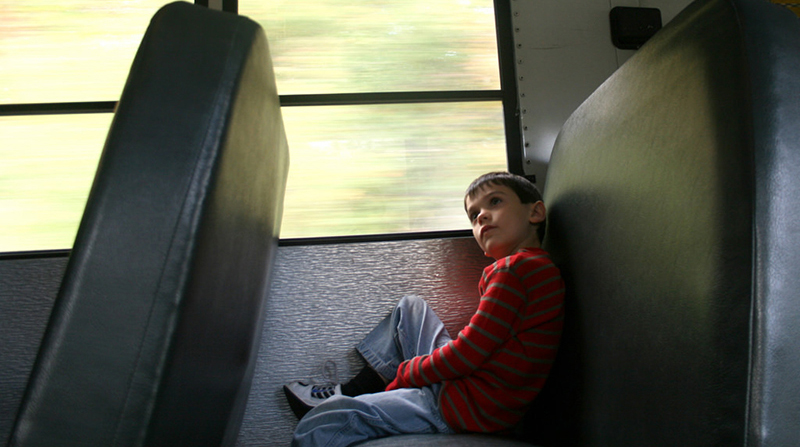Will New Law Help Homeless Students?
Homeless students face numerous disadvantages, and officials are grappling with how to help them succeed.
Homeless students are one of the fastest-growing subgroups of students in the U.S., reports U.S. News & World Report. And while they are much more likely to fall off track and eventually drop out of school, they are also difficult to identify and subsequently help.
More than 1.3 million students were homeless during the 2013–2014 school year. That represents a 7 percent increase from the previous year, and more than double the number of homeless students estimated in 2006–2007.
Students who experience homelessness are more likely than their non-homeless peers to be held back from grade to grade; have poor attendance or be chronically absent from school; fail courses; have more disciplinary issues; and drop out of school. They also struggle with learning disabilities and emotional difficulties at higher rates than their housed peers. Yet only five states—Colorado, Kansas, Virginia, Washington, and Wyoming—currently report high school graduation rates for homeless students. In all five, the graduation rates of homeless students lag behind the rates for all students, even other low-income students.
There is some hope on the horizon. Beginning with the 2016–2017 school year, states will be required under the new federal education law—the Every Student Succeeds Act—to report graduation rates for homeless youth. In addition, districts will have more flexibility in how they use some pots of federal funding, and policymakers are hoping they choose to direct more of that toward providing support for homeless students.
Photo: alone on the school bus via photopin (license)
